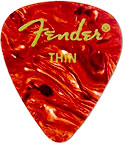 Unless you play guitar, you probably have never heard of a Fender Thin. If you are not a guitar connoisseur, it is a guitar pick. Now why on earth would someone that shoots LF and ULF be interested in a guitar pick, you ask?
Unless you play guitar, you probably have never heard of a Fender Thin. If you are not a guitar connoisseur, it is a guitar pick. Now why on earth would someone that shoots LF and ULF be interested in a guitar pick, you ask?
Ever try to unload a sheet film holder while wearing Nitrile gloves? Or ever had a sheet of film that has a slight rearward curl. Then you know how difficult it is sometimes to get your finger under the sheet to remove it from the film holder. Now do you see the value of a thin guitar pick?
I keep a small container of thin guitar picks near the back of the enlarger baseboard where I normally unload film. I can locate my stash of picks in the dark and they are invaluable sometimes to get that stubborn sheet of film coaxed out of the film holder without excessive handling or damage. A thin guitar pick can easily be slipped under the film to allow you to get your finger under the film edge.
The next time you see a music store, stop in and purchase a few thin guitar picks. They could save you a lot of frustration. Who knows, you might want to take up the guitar!

 Seems as you shoot larger and larger formats, you find more and more mistakes to make. Anyone that has spent much time with a view camera knows all of those common mistakes you can make. No matter how experienced you are, and what you do to create a routine, something happens every now and then.
Seems as you shoot larger and larger formats, you find more and more mistakes to make. Anyone that has spent much time with a view camera knows all of those common mistakes you can make. No matter how experienced you are, and what you do to create a routine, something happens every now and then.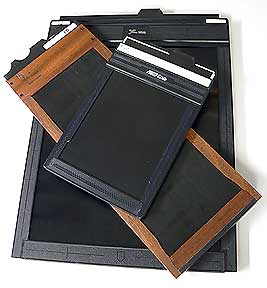 How do you identify sheet film? You put unique numbers on the film holder, but how can you identify which sheet of film came from any particular holder? You may be able to identify the film by taking notes and knowing the subject. But, what if you make several exposures of the same scene, say using different filters? How do you know which filter was used on each sheet?
How do you identify sheet film? You put unique numbers on the film holder, but how can you identify which sheet of film came from any particular holder? You may be able to identify the film by taking notes and knowing the subject. But, what if you make several exposures of the same scene, say using different filters? How do you know which filter was used on each sheet?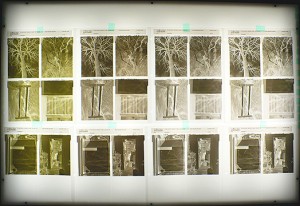
 There is one thing I can say beyond a doubt that I share with Ansel Adams. We share the same birthday, though he was near five decades before me. My only real regret when I think of Ansel is that I never met the man. But, every year I salute his birthday, maybe only because it is one thing we share. Happy Birthday Ansel!
There is one thing I can say beyond a doubt that I share with Ansel Adams. We share the same birthday, though he was near five decades before me. My only real regret when I think of Ansel is that I never met the man. But, every year I salute his birthday, maybe only because it is one thing we share. Happy Birthday Ansel!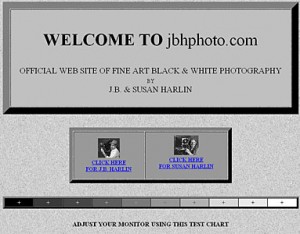
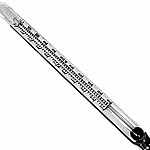
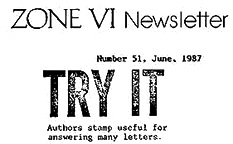 Never heard of Fred Picker? How about Zone VI Studios? If not, and if you are a serious practitioner of photographic art, I would suggest you learn about all of the aforementioned.
Never heard of Fred Picker? How about Zone VI Studios? If not, and if you are a serious practitioner of photographic art, I would suggest you learn about all of the aforementioned.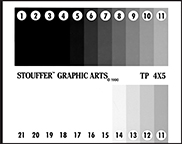 We have been on a quest for that little something extra in the photographic print. There are great prints, then there are prints that have that magical something. Printing comprises a great deal of the quality of the finished print, but you have to have the information on the negative before you can make the print. We have used Pyro film developers for some time now, and every time we find a new formula we do a little film testing and then eagerly head to the field to see what we have.
We have been on a quest for that little something extra in the photographic print. There are great prints, then there are prints that have that magical something. Printing comprises a great deal of the quality of the finished print, but you have to have the information on the negative before you can make the print. We have used Pyro film developers for some time now, and every time we find a new formula we do a little film testing and then eagerly head to the field to see what we have.